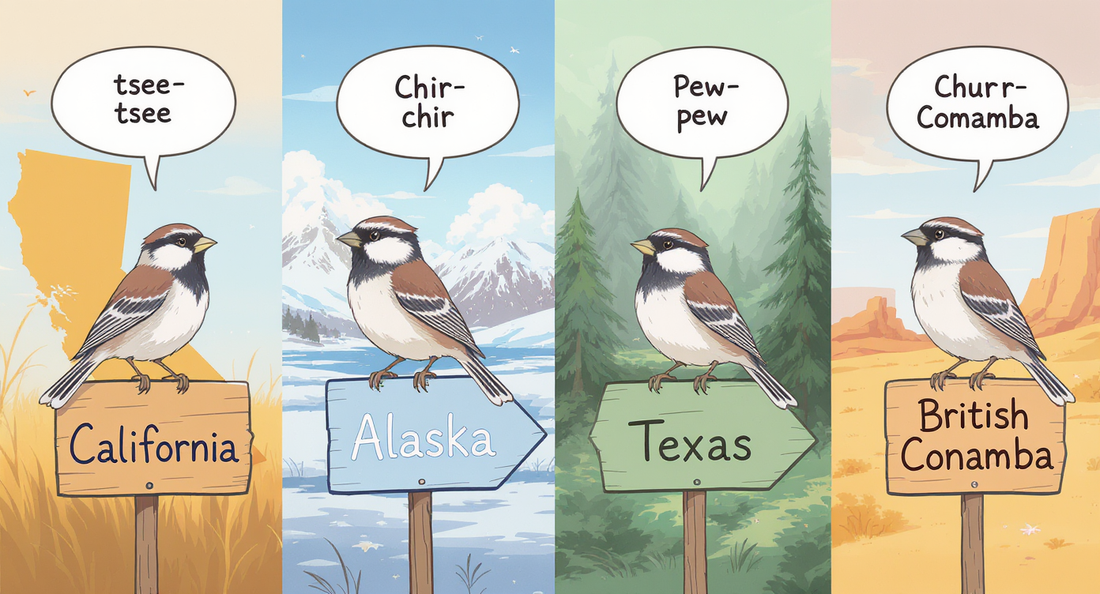Birds Have Accents Too? The Fascinating World of Regional Birdsong

In the world of bird science, there’s a fun little fact that sounds almost too cute to be true — but it is. Birds of the same species can actually sound different depending on where they live!
It’s a bit like how people speak with different accents or use different slang in different cities or countries. Birds do the same, in their own musical way.
Now, back to the birds. Their vocalizations usually fall into two main categories:
Songs, which are complex and melodic, mostly used for romance and showing off territory
Calls, which are shorter, simpler sounds used for things like chatting, warnings, or quick check-ins
And here’s the cool part — many birds don’t just “know” their songs from birth. They learn them. Just like how we pick up our native language from parents or the people around us, young birds learn by mimicking the adult birds nearby.
Over time, as birds of the same species settle in different areas, their songs start to evolve into unique regional versions. If you ever hop between the city and the woods with your binoculars, you might notice a pattern: urban birds often sing at higher pitches to cut through traffic and construction noise, while forest birds tend to go low and echo-friendly to work with the trees around them.
So next time you're watching your Beako™ bird feeder—live or on replay — and you hear a little chirp or trill, ask yourself: could that be a regional dialect?
And if you took your bird feeder to a new city, you might just notice the same species singing a slightly different tune. Nature really is full of surprises.
Oh, and tell us — have you ever noticed birds of the same kind sounding totally different? We’d love to hear about it!



